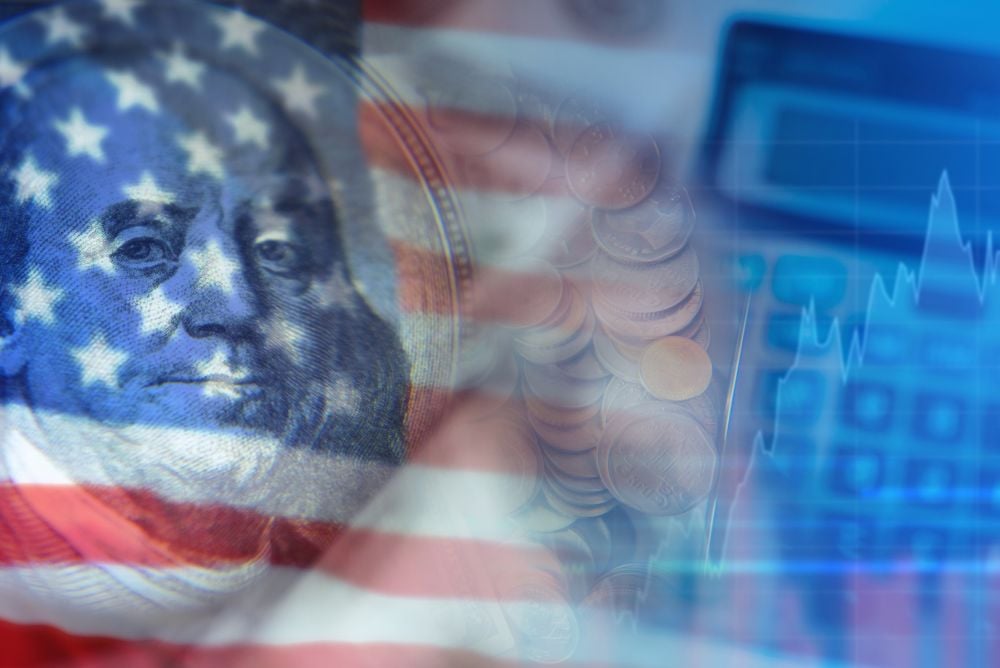What policy will the US Federal Reserve announce after the Federal Open Market Committee’s two-day meeting this week, and what policy should it announce?
The first question is easy: There is a high probability – 75% – that the Fed will follow its previous forward guidance and raise its target for the short-term safe nominal interest rates that it controls by 50 basis points (bp), from 0.75% to 1%, to 1.25% to 1.5%. By validating its previous statements, the Fed hopes to steer the economy in the desired direction by shaping expectations of future interest rates.
Because this “jawboning” strategy is effective only insofar as the Fed’s forward guidance is trusted, building and maintaining that trust is a major policy objective in itself. The Fed should deviate from previous forward guidance only if there is substantial evidence that the economy is on the wrong track. Currently there is no such evidence. Bond market expectations of the underlying long-run consumer price index inflation trend remain under 2.5% per year – which is lower than in the pre-2014 period, when no rational person had any reason to fear that Consumer Price Index (CPI) inflation would soon deviate upward from its target.
To be sure, the bond market expects the annual CPI inflation rate to be around 3% over the next five years, before falling to its longer-run 2.5% annual trend. Wouldn’t that higher rate justify additional steps to tighten monetary policy more than was previously expected? No, because the Fed does not merely want to hit its inflation target on a year-by-year basis. Rather, its primary task is to maintain confidence in the economy’s nominal price-level anchor over time. As long as it is doing that, it has the short-run policy freedom to do whatever else is needed to maximize employment and growth.
By contrast, if the Fed were to deviate from its own forward guidance by raising interest rates faster than previously planned, it would reduce confidence in its word, and reduce employment and growth in the construction, export and import competing sectors. A 0.75 percentage point increase carries palpable costs for little gain, implying that there is little chance that the Fed will go this far.
The question of what the Fed should do is more difficult. Bond market expectations (after accounting for duration risk premiums) suggest that the federal funds rate will average about 2.75% per year over the next two years, before falling to 2.5% per year over the next decade. In other words, markets expect the Fed to raise its policy rate to 3.5% over the next year, and then move on to a glide path back down to perhaps 2% – or until something else happens to the macroeconomy. This trajectory implies three 50bp interest-rate increases and four 25bp increases over the next seven meetings.
The least preferable path is for the Fed to dribble out interest rate increases in a manner that leaves people uncertain about how far it thinks it ultimately will need to go. The far better option would be to move immediately to a neutral plus-or-minus federal funds rate – choosing “plus” if demand seems too high for the Fed to maintain the credibility of the nominal inflation anchor in the long run, and “minus” if it thinks that demand is unsustainably low.
Optimal control theory dictates that if the nose of your sailboat is not pointing where you want to go – if your control is not at the optimal level – you should turn the nose as fast as possible until you reach a bearing where you can no longer tell whether your next course correction will need to be to the port or to the starboard.
What this means for monetary policy is that the Fed should change its target each month so that people do not know whether the next move will be up or down. Yes, there is an argument that this principle of optimal control theory does not apply to monetary policy: the Fed needs to avoid disruptions in the money market. But such disruptions are feared precisely because the Fed never makes larger moves.
Moreover, the Fed must conduct monetary policy with the tools and procedures that it has. If it raises its policy rate by only 0 to 25bp this week, even though it wants the federal funds rate to be considerably higher, it will have departed from its forward guidance. There is no argument for doing that. But it has not prepared the ground for a rate hike larger than 50bp.
That is unfortunate. Ideally, the ground would have been prepared for an increase as high as 200bp, because that is what it would take to get the federal funds rate to an optimal neutral-plus level. But, because that hasn’t happened, and because departing from forward guidance is almost never worth it, there is a 75% chance that the Fed will increase its policy rate by 50bp at its coming meeting – and a 25% chance that it will go as high as 75bp.
J. Bradford DeLong is a professor of economics at the University of California at Berkeley, a research associate at the National Bureau of Economic Research and a former deputy assistant US treasury secretary during the Clinton administration.
Copyright: Project Syndicate








